1. Jell-O Salad

Yes, it’s still a thing—often wobbling in tiny glass bowls behind the counter. Jell-O salad was once the height of mid-century cuisine, a strange blend of fruit, marshmallows, and sometimes even shredded carrots suspended in neon gelatin. Today, it feels like a relic from a postwar cookbook that time forgot. Diners that keep it on the menu are basically curators of culinary nostalgia.
The reason it deserves a museum spot is simple: Jell-O salad is one of the clearest windows into 1950s food culture. Back then, it was marketed as both glamorous and convenient, a modern twist for housewives eager to impress. Now, it’s an edible time capsule of quirky tastes and marketing genius. Eating it is less about flavor and more about visiting a moment in history.
2. Liver and Onions
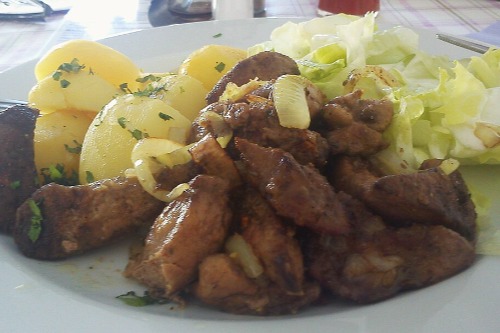
There are still diners where you can order a plate of liver and onions, usually served with mashed potatoes. It’s a dish that harkens back to when organ meats were considered both economical and nutritious. For many Americans today, though, it feels like something out of their grandparents’ kitchen. Few dishes spark such strong reactions—either fond memories or outright horror.
What makes it museum-worthy is its role in the story of American thrift and nutrition. At a time when food waste wasn’t acceptable, liver was cheap protein that families embraced. Diners carried it forward because they were about hearty, working-class meals. Now, it stands as a reminder of how resourcefulness shaped menus.
3. Salisbury Steak
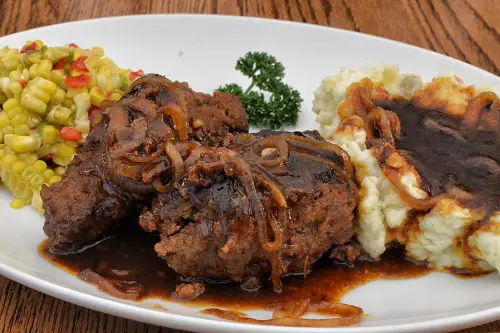
This dish is often spotted on laminated diner menus, smothered in brown gravy and paired with mashed potatoes. It’s essentially a glorified hamburger patty with a fancier name. Salisbury steak originated in the late 19th century, promoted as a health food by Dr. James Salisbury, who believed in a diet heavy on lean beef. Diners adopted it because it was simple, filling, and familiar.
Its place in a museum is well-earned, given its medical origins and long run as a comfort food staple. Salisbury steak is history served hot, reflecting America’s fascination with efficiency and meat. The dish has been a cultural touchstone for everything from TV dinners to cafeteria trays. Ordering it now is like paging through a well-used history book with gravy stains.
4. Cottage Cheese Plate
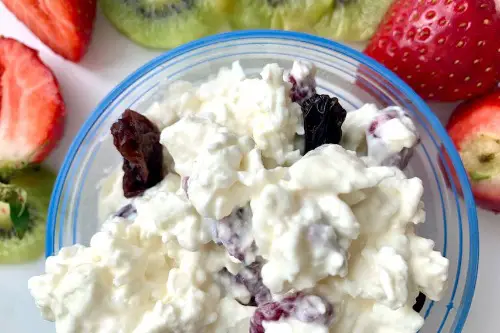
Diners that offer a “cottage cheese plate” are serving a dish that feels like a leftover from the 1970s diet craze. Typically, it comes with canned peach slices, pineapple rings, or a limp lettuce leaf. At the time, cottage cheese was a symbol of healthy eating and calorie counting. Today, it’s one of those menu items that raises eyebrows more than appetites.
This deserves a museum spot because it tells a story about how America approached health and dieting. Before Greek yogurt and kale smoothies, there was cottage cheese. Diners, always reflecting what people were eating at home, kept it around. Its endurance makes it a quirky exhibit in the evolution of “health food.”
5. Creamed Chipped Beef on Toast
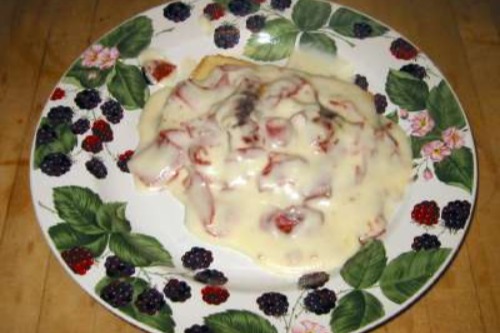
Also known as “SOS” in military slang, creamed chipped beef on toast is still spotted in certain diners. It’s exactly what it sounds like: dried beef in a heavy white sauce ladled over toast. The dish has roots in military mess halls during the early 20th century. Soldiers brought the taste home, and diners picked it up as a cheap, filling breakfast option.
The reason it belongs in a museum is its military heritage and reputation as the ultimate comfort food. To some, it recalls family breakfasts and nostalgia for simpler times. To others, it’s a reminder of military life and the ingenuity of making something hearty from limited supplies. Either way, it’s history on a plate.
6. Green Goddess Dressing
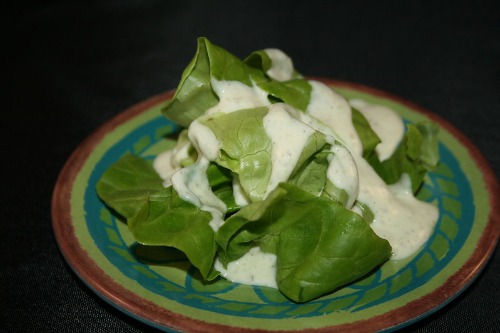
Though not as common as ranch or thousand island, some diners still serve this distinctly retro salad dressing. Green Goddess is a mix of mayonnaise, herbs, and anchovies, first created in the 1920s at San Francisco’s Palace Hotel. It had a moment of national fame in the 1960s and ’70s. Diners holding onto it are preserving a salad tradition that feels downright antique now.
Green Goddess deserves a museum place for its role in expanding America’s palate beyond basic dressings. Its herb-forward, tangy flavor was revolutionary at the time. But as tastes shifted, it got left behind by trendier sauces. Finding it at a diner today is like uncovering a culinary artifact.
7. Meatloaf with Ketchup Glaze

Few dishes scream “American diner” like a slab of meatloaf covered in ketchup glaze. This dish rose to popularity in the early 20th century, when stretching ground meat with breadcrumbs was a smart economic move. Diners embraced it because it was hearty, affordable, and family-friendly. Today, it’s more nostalgia than necessity.
It belongs in a museum because it reflects the frugality and practicality of American home cooking. Meatloaf was about making do while still serving something filling. Diners helped elevate it to comfort food royalty. Now, it stands as a beloved emblem of resourceful cuisine.
8. Open-Faced Hot Turkey Sandwich

This diner classic is less a sandwich and more a plate of Thanksgiving leftovers. It’s sliced turkey piled on white bread, drowned in gravy, and served with mashed potatoes. The dish took off in the mid-20th century when diners needed filling, comforting meals that weren’t expensive. While still offered in some spots, it feels like an artifact from a more carb-happy era.
It’s museum-worthy because it encapsulates America’s love for repurposing holiday flavors into everyday dining. Diners turned Thanksgiving’s star meal into a year-round comfort staple. Today, it’s a warm, starchy tribute to postwar diner dining. Every bite feels like stepping back into a 1950s booth.
9. Tuna Noodle Casserole
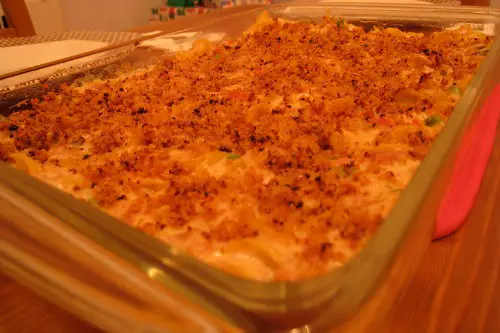
Sometimes found on rotating diner specials, tuna noodle casserole was once the king of easy, family-friendly meals. It usually combines canned tuna, egg noodles, cream of mushroom soup, and a crunchy topping like potato chips. The dish became widespread in the 1950s thanks to the popularity of convenience foods. Diners kept it alive as a reliable, low-cost option.
Its place in a museum comes from how perfectly it represents mid-century America. This was the era of canned soups and quick fixes, when efficiency in the kitchen was the ultimate goal. Tuna noodle casserole is both comforting and kitschy. At a diner, it’s less a meal and more a living history lesson.
10. Patty Melt
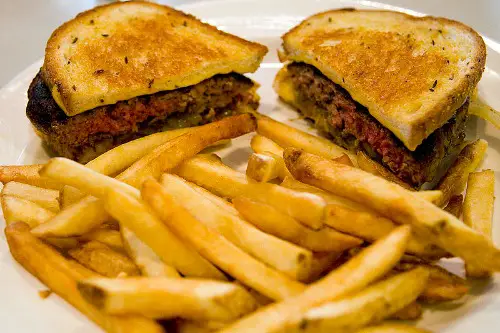
The patty melt still makes an appearance on many diner menus, even though it feels like a 1960s throwback. It’s a burger-meets-grilled-cheese situation: a beef patty with onions and cheese on rye bread. It became popular when diners wanted to offer something more than just a hamburger. Today, it sits in that liminal space between classic and dated.
This deserves a museum nod for how it showcases diner creativity. The patty melt is comfort food evolution in action, blending familiar elements into something new. It tells the story of diners experimenting within their limited toolkit. Eating one now feels like participating in mid-century menu innovation.
11. Ambrosia Salad
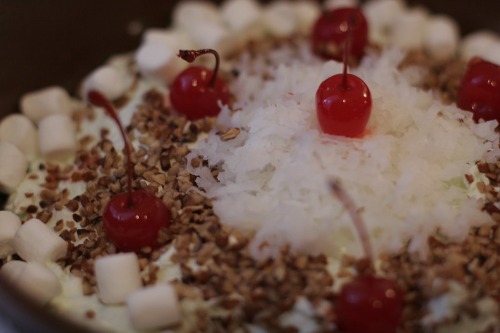
This sweet “salad” of canned fruit, coconut, marshmallows, and whipped cream is still occasionally spotted at diners. It dates back to the late 19th century but reached peak popularity in the mid-20th century. Diners embraced it as a cheerful dessert that was easy to throw together. Now, it’s more of a curiosity than a crowd-pleaser.
It belongs in a museum because it illustrates how America once redefined what a “salad” could be. Ambrosia reflects a time when convenience foods shaped both holiday tables and diner menus. Its persistence shows the staying power of sugar-coated nostalgia. Ordering it now is like spooning into a pastel-tinted slice of history.
12. Egg Cream
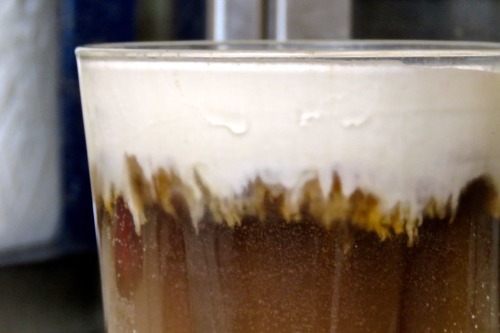
Despite the name, an egg cream contains neither eggs nor cream. It’s a soda fountain classic made with milk, seltzer, and chocolate syrup. The drink originated in New York City in the early 20th century and became a diner staple in the mid-1900s. Today, it’s a rare find outside of old-school establishments.
The egg cream earns a museum spot as a symbol of soda fountain culture and early diner drinks. It’s a quirky snapshot of American ingenuity in naming and marketing. While it’s almost extinct, those who’ve tried it swear by its fizzy, chocolatey charm. A sip is like opening a carbonated time capsule.
This post 12 Things Still Served at Diners That Should Be in a Museum was first published on American Charm.


